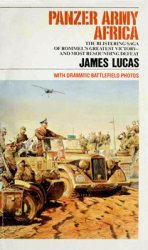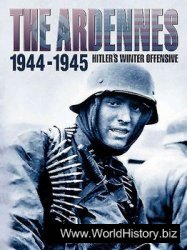Marriages for most Europeans in 1450 were arranged by their parents and
family, and celebrated by a religious ceremony. This fresco by Pinturicchio
(1454–1513), from a series in the Piccolomini Library in the cathedral of Siena,
Italy, depicts a romanticized view of just such a ceremony at the highest social
level, in which the future Pope Pius II brings together Princess Eleonor of
Portugal and the Holy Roman Emperor Frederick III.
In the 1440s, the well-educated Italian nobleman Aeneas Sylvius Piccolomini (1405–64),
who had served as a diplomat for several high church offi cials to Switzerland, Scotland,
and England, moved to the court of the Holy Roman Emperor Frederick III (ruled 1440–93)
in Vienna. Here he was crowned poet laureate, and engaged in high-level diplomacy for
the emperor. He patched up relations between the emperor and the pope and arranged
Frederick’s marriage to Eleonor of Portugal, whose huge dowry solved the emperor’s need
for cash. Piccolomini was an indefatigable writer of letters, reports, and histories, all of
which provide a vivid picture of Europe in the middle of the fi fteenth century. Describing
Vienna, he wrote:
There are thick and lofty walls, with numerous towers and defenses prepared for war. The
houses of the citizens are roomy and richly adorned, yet solid and strong in construction.
Windows of glass let in the light from all sides, and the gates of the houses are mostly made
of iron. On these many birds sing. In the houses there is a great deal of elegant furniture. The
stables are full of horses … The churches are beautifully adorned and richly furnished. The
priests abound in worldly wealth … It is really incredible how much produce is brought into
the city day after day. Many wagons come in loaded with eggs and crayfi sh. Flour, bread, meat,
fi sh, and poultry are brought in tremendous masses; nevertheless by evening nothing is left to
be bought. It is unbelievable how much wine is brought in, which is either drunk in Vienna
or sent to those outside by way of the Danube … Few people live in the city whose ancestors
lived in the vicinity; old families are rare, and practically all the inhabitants are immigrants or
foreigners. 1
Aeneas was well rewarded for his talents. On returning to Italy, he was named a
bishop and a cardinal, and in 1458 he was elected pope, taking the name Pius II.
The cosmopolitan Pius II was hardly typical, however. Most people living in Europe
in the middle of the fi fteenth century never traveled very far from their home village.
They might go to a nearby market town to sell their products, but they could walk
there and back in the same day. Some traveled slightly further to larger towns in search
of work, or to pilgrimage sites close by in search of help from the Virgin Mary or the
saints. In this stability, they were like agricultural producers throughout the world,
who stayed near their fi elds and animals, both of which required regular tending. Their
mental worlds were similarly local: family, weather, crops, village politics, neighborhood
saints, community relationships. The world came to them in the form of peddlers
bringing products and news, soldiers bringing damage and destruction, germs
bringing illness and death. Thus the world beyond their village was as often a source of
calamity as it was a source of wonder, or even concern.
Some people did not stay home, however, and the small minority that traveled the
roads, paths, and – more often – seas in and around Europe created a web of networks
that brought goods, ideas, and eventually change into even the most isolated villages,
to say nothing of booming cities like Vienna. These travelers went for different reasons,
and their contacts with the world beyond Europe were also varied, ranging from
hostile encounters in a military campaign, to contracts for trade, to sexual relationships
inside or outside marriage.




 World History
World History









